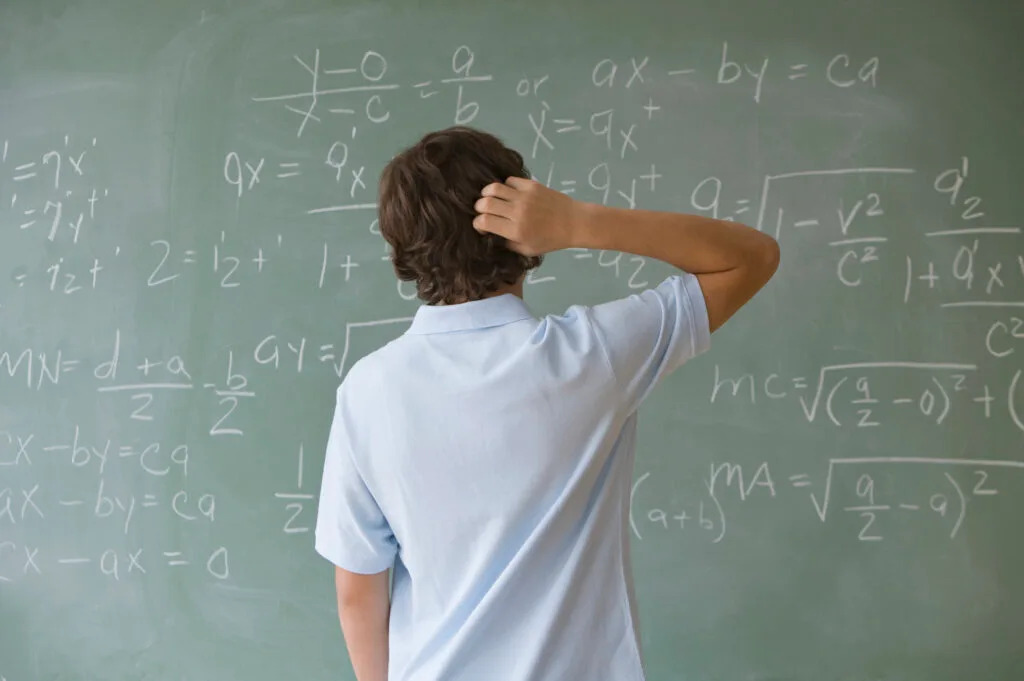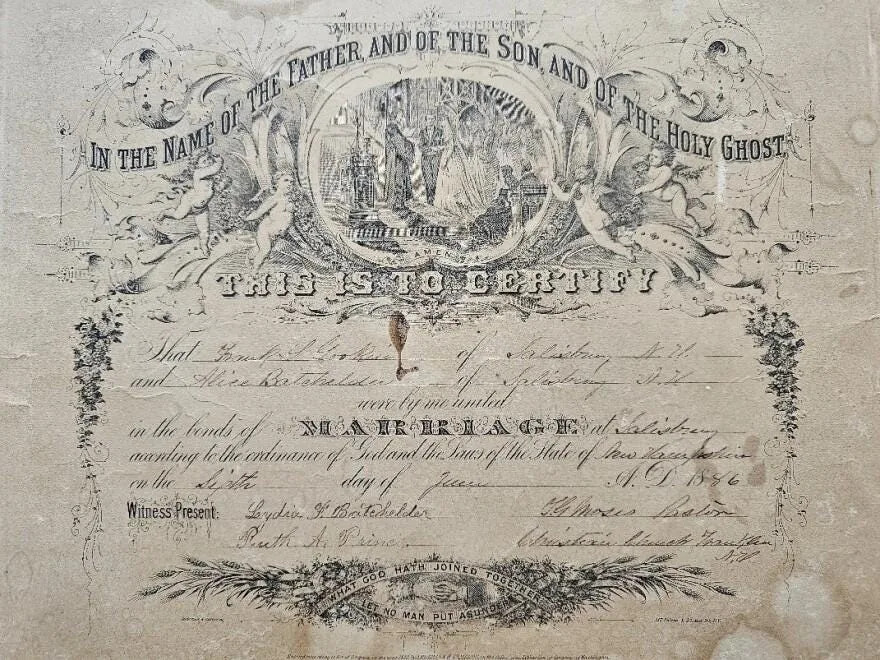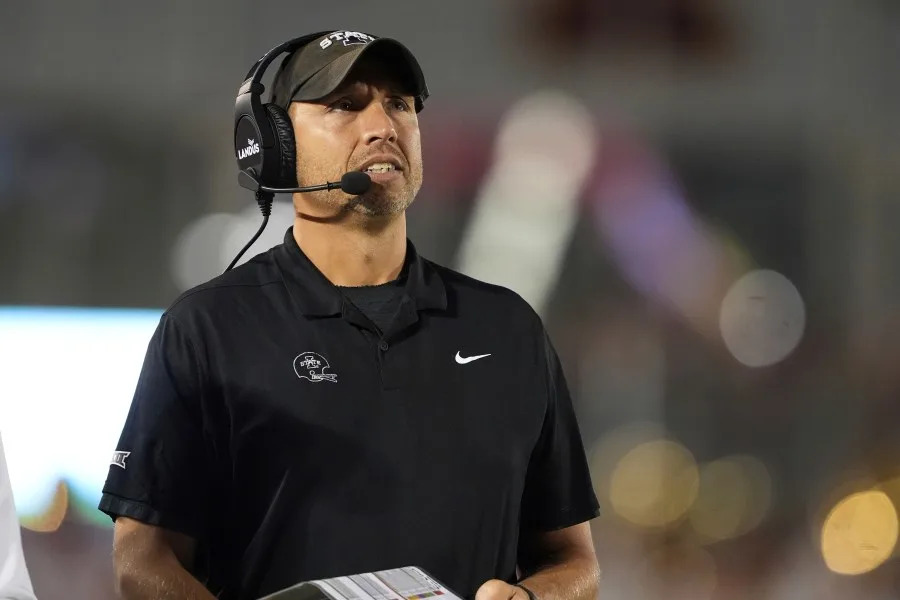
Math proficiency peaks in fifth grade in New Mexico, with a 32% proficiency rate, according to a presentation given to the Legislative Education Study Committee on July 24, 2025. (Getty Images)
Only about one in four New Mexico students are proficient in math, according to a Legislative Education Study Committee brief presented to members Thursday.
Members of the LESC met in Las Vegas this week on the New Mexico Highlands University campus. Thursday’s agenda included the topic of math proficiency in the state, which has remained steadily low. LESC Deputy Director Jessica Hathaway pointed out to lawmakers that this trend of low math proficiency in New Mexico is also evident across the country.
According to the brief, U.S. students’ math performance declined “significantly” between 2018 and 2022, while reading and science scores remained steady. The brief cites the Program for International Student Assessment, an assessment conducted internationally every three years that measures reading, math and science literacy of 15-year-olds.
The U.S. placed 26th out of 81 in the 2022 assessment, the most recently conducted, while the country placed sixth in reading and 10th in science.
“Math proficiency peaks in fifth grade in New Mexico, where we see a 32% proficiency rate. But you also see this line drop right after that point,” Hathaway said during the meeting. “By the end of middle school, in eighth grade, we see a 19% proficiency rate across all student groups. And by 11th grade, we see a 12% proficiency rate across all student groups.”
Hathaway detailed how other states in the country have started to address their own math systems through legislation and practice. Common threads include universal math screening at early ages to catch dyscalculia and other possible learning difficulties; intervention plans for at-risk students; high-quality learning materials; professional development and teacher preparation programs; and improving parent engagement.
She also pointed out that several of these components were included in Senate Bill 235, introduced by Sen. Bill Soules (D-Las Cruces) during the recent session; however, the bill died in committee. At the time, the bill was described as a similar approach to math as structured literacy is to reading.
Sen. Gabriel Ramos (R-Silver City) asked whether there is a program or method of education for math that would mimic structured literacy. The LESC brief noted that there is not a universal “science of math” program.
“What we’re seeing is that states are actually having to create those training programs, so that’s what we mean whenever we say there’s not a clean science of math,” Hathaway said. “That being said, one part I do want to pull out is that there is a very, very substantial body of research about effective math instruction that can inform policy.”
The brief provided a list of recommendations for the state Legislature, the New Mexico Public Education Department, teacher preparation programs and school districts, which include the state codifying expectations for math instruction, screening and intervention; the PED revising teacher licensure requirements; preparation programs requiring math methods coursework for all licensure pathways; and districts investing in math coaches or interventionists and engaging parents as partners in students’ learning.
Soules, a former math teacher and chair of the LESC, said he was encouraged by the end of the discussion Thursday, “because it’s not something we dig into as we’re very, very focused on the reading side of things.”








Comments